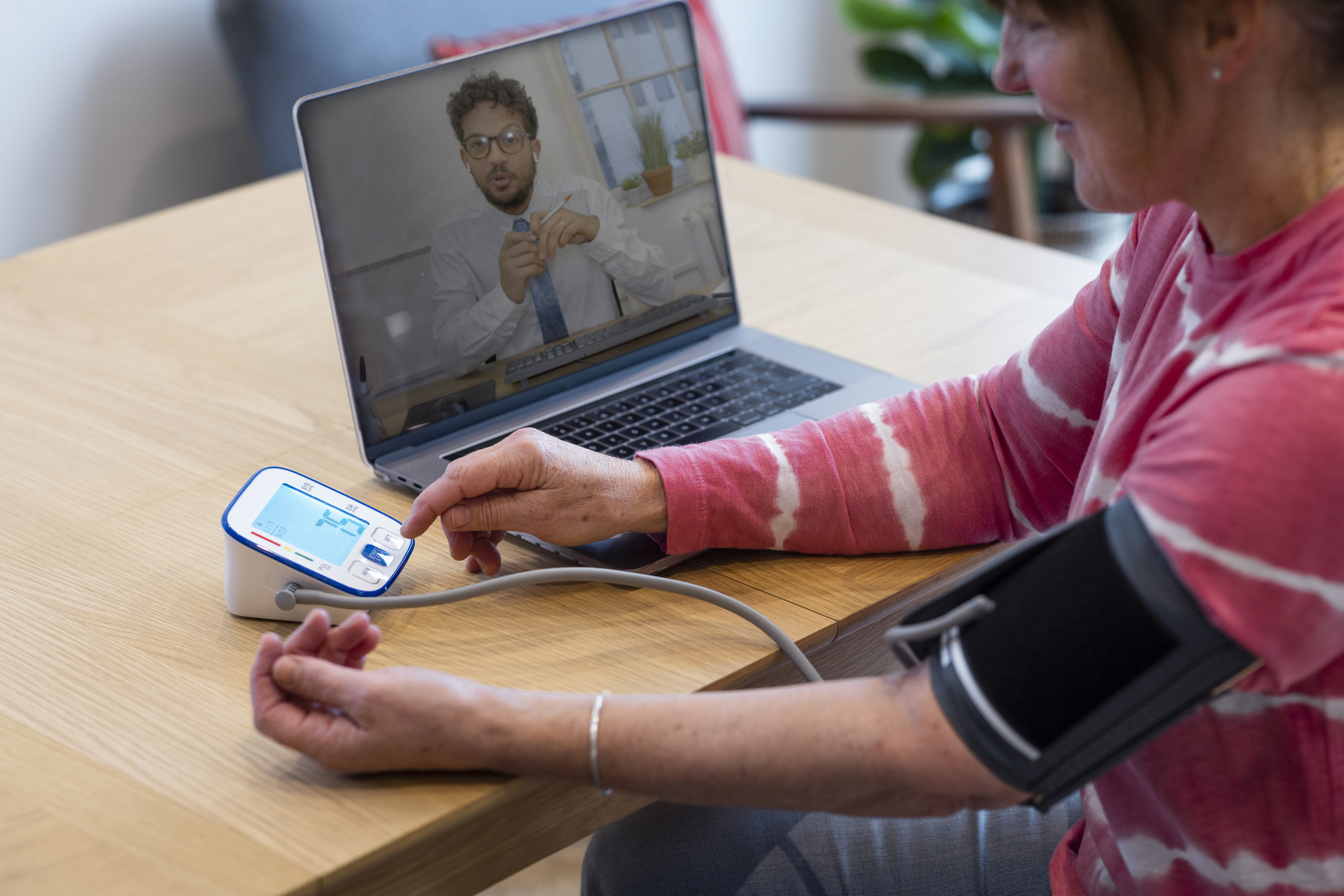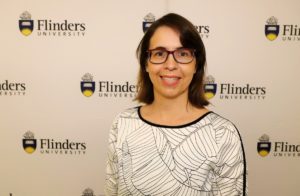
In an era where chronic conditions pose a significant challenge to healthcare systems globally, the safe@home research project emerges as a game-changer, aiming to improve the way we manage chronic conditions like heart failure, COPD, diabetes, and hypertension. This initiative leverages telemonitoring to provide care and ease the strain on hospitals, clinics, and healthcare systems.
Led by Flinders Caring Futures Institute’s Professor Robyn Clark and Dr Alline Beleigoli, the partnership between Integrated Cardiovascular Clinical Network SA (ICC Net), the Northern Adelaide Local Health Network (NALHN) and funded by an NHMRC Partnership Grant draws on previous in delivering telemonitoring models in rural areas prior such as the COVID hotel telemonitoring project and the Virtual Clinical Care program run by iCCnet in country SA

At its core, safe@home empowers patients to monitor their health using various devices, with the collected data going directly to a monitoring nurse. This real-time information allows for timely interventions, potentially preventing hospitalisations and improving overall patient self-care and outcomes.
The project has evolved over the past two years and officially began in mid-2023, and is currently in the design phase, which involves selecting suitable technology and engaging with partners to ensure a robust and patient-friendly model.
Professor Clark underscores the commitment to addressing the challenges posed by chronic conditions in Adelaide’s northern suburbs, emphasising the diverse needs of patients, categorising them into those well-informed about their symptoms and those needing additional support.
With plans to recruit 744 patients, safe@home aims to prevent thousands of hospital admissions, presenting a model where GPs can provide care through short telehealth consultations. The project’s success will be measured by comparing hospital admissions between control and intervention groups.
What sets safe@home apart is its reach into metropolitan areas, challenging the notion that improved access to care is solely a rural concern. “Improving access applies to everyone, not just those in rural areas,” notes Professor Clark. The project also challenges stereotypes about older individuals, showcasing their adaptability to technology.
Amidst concerns about healthcare systems in crisis, safe@home stands out as a genuine solution to meet the rising healthcare demands due to an aging population. The project is not just technologically advanced; it’s genuinely patient-focused, placing individuals and their families at the centre of care.
The ultimate goal? To revolutionise healthcare by preventing hospital admissions, reducing the need for frequent GP visits, and demonstrating substantial cost for individuals as well as our health care system
As safe@home unfolds, it not only addresses a critical healthcare need but also signifies a shift in how we approach chronic condition management. It’s about utilising technology, empowering patients and careers, and fostering innovative collaborations to shape a future where healthcare is not only effective but also accessible to all.

